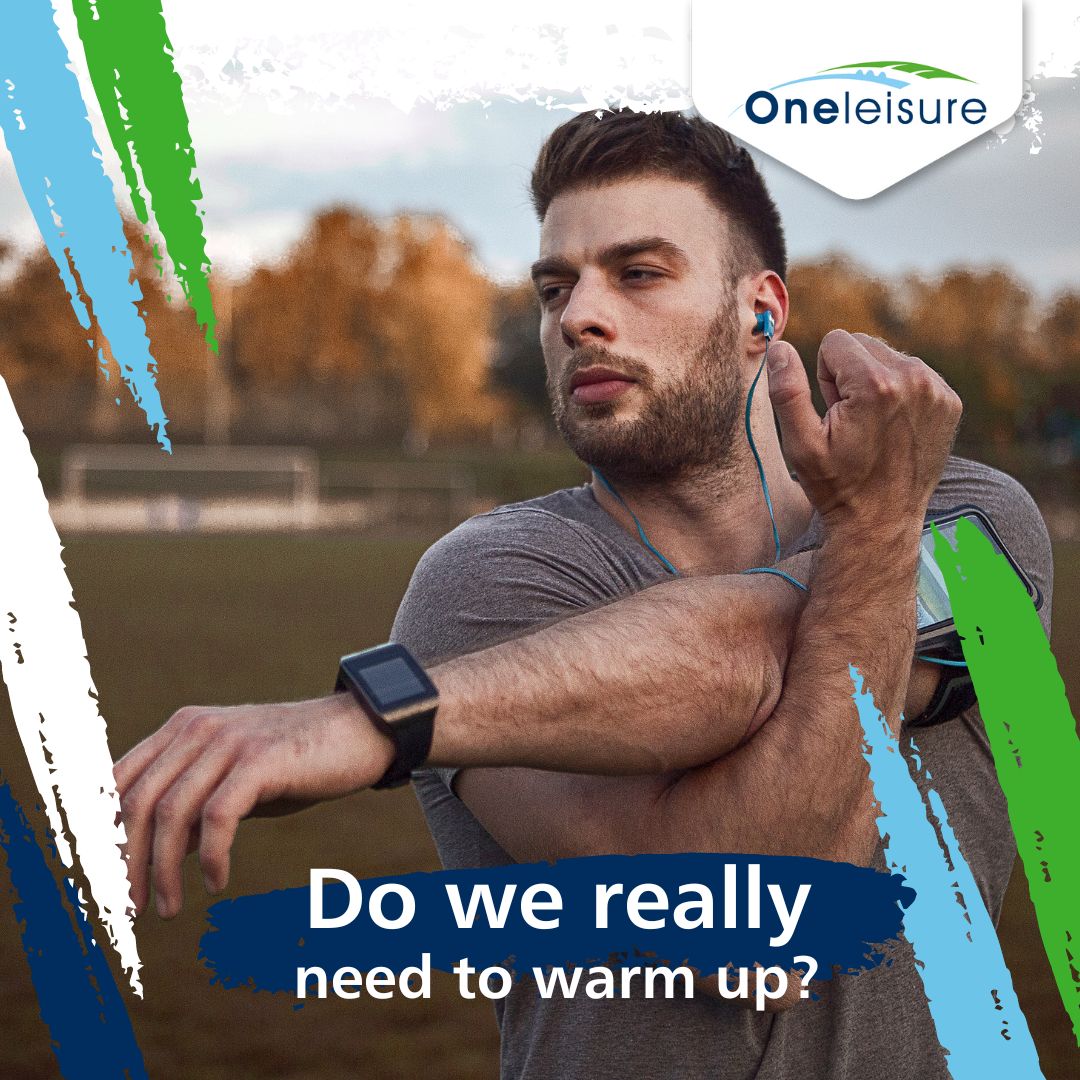
Do we really need to warm up?
Warming up involves doing some simple movements before a workout in order to gradually warm our muscles up, increase heart rate and prepare the body for more strenuous exercise. Warming up has many proven positive physiological as well psychological effects.
How important is this process and what are some of these benefits?
Let’s look at what happens to our bodies when we warm up:
- We are able to mentally prepare for the workout or activity we are about to do. This can help with motivation, thereby helping overcome obstacles that may stop us from participating in exercise.
- Range of motion is improved as it allows our joints to reach their full potential when we are exercising.
- Risk of injury is reduced as our muscles become gradually warm, making them more flexible and enhancing muscle strength. Warm muscles are more effective at contracting and relaxing, lowering the chances of overstretching when exercising.
- As we warm up, blood circulation increases as blood vessels dilate, reducing the pressure on the heart.
- Energy regulating hormones like cortisol increase as we start to warm up, ensuring the body’s fuel sources are available for energy production during exercise.
What is considered a good warm up depends on the exercise you are about to do and how long for but as a general guideline follow these basic steps:
- Allow around 10 minutes for a warm-up.
- Start with some light cardiovascular exercise – for 5 minutes – brisk walking on a treadmill or cycling at a slow to moderate pace on a static bike, for example.
- A combination of static and dynamic stretching should be included as part of every warm up.
These movements, used in combination, can help to make your workouts more effective by improving mobility and muscle contractions thereby reducing the risk of injury during exercise.
While it can be tempting to ditch the warm-up when pressed for time, it really can do more harm than we think and warming up should be seen as an essential part of every workout.
Disclaimer: The content of this page is not intended to be a substitute for professional medical advice, diagnosis or treatment. Always seek the advice of your physician with any questions you may have regarding a medical condition. References are available on request.